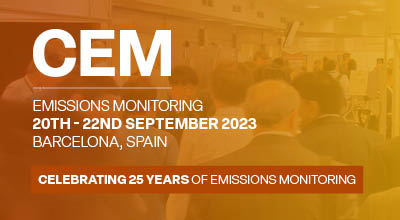

Six years ago, world leaders from over 190 nations around the globe gathered in Paris to try and prevent the most catastrophic consequences of climate change. Their aim was simple: to agree to take concerted measures to limit global warming to a ceiling of 1.5°C compared to temperatures prior to the Industrial Revolution. It would follow, then, that emissions must fall in order for that goal to be met.
In fact, a 2019 report from the UN Environmental Programme (UNEP) warned that greenhouse gas emissions would have to fall by 7.6% every single year between 2020 and 2030 if we are to have any chance of achieving our objectives. Sadly, no such dramatic drop-offs have come to pass, despite the lofty words of politicians and policymakers the world over. Emissions monitoring reveals that despite a lull during the pandemic, emissions do not show any sign of tailing off soon.
2020 was supposed to represent the first of ten years in which the world would experience a significant reduction in the amount of carbon dioxide, methane, nitrogen dioxide and other greenhouse gases which it pumped into the atmosphere. Thanks to the unforeseen upheaval caused by the outbreak of coronavirus, emissions did fall away by 5.4% across the whole of the year.
The reductions came as lockdown restrictions were introduced all across the planet. Businesses were closed, cars were left in parking lots and entire industries were brought to a standstill. That led to significantly reduced demand for fossil fuels and an attendant drop-off in the emissions generated during their combustion. Nonetheless, even the major disruption caused by a global pandemic was not enough to see the world wean itself off its emissions addiction by enough – 5.4% is still 2.2% less than the 7.6% required (on an annual basis!) for the Paris targets to be attainable.
Even more depressingly, it now appears as though all that good work has come to nothing. Analysis undertaken and published this month by the Global Carbon Project reveals that the reopening of economies across the world saw emissions levels bounce back to very nearly the same level as they enjoyed prior to the pandemic. Across the whole of 2021, it’s expected that emissions will rise by 4.9% compared to the previous year, meaning any gains made as a by-product of the pandemic have been squandered.
Worst of all, the two biggest offenders – coal and natural gas – will result in an even greater volume of emissions than they engendered in 2019. While this year’s figures will not quite top the record highs of the middle of the last decade, they are a far cry from the 7.6% drop-off that is demanded to meet our urgent goals. While emissions levels might not have gotten higher this year in the grand scheme of things, they certainly aren’t getting low enough quickly enough, either.
For a closer look at all things emissions-related, why not attend the 2022 CEM virtual conference next March? The three-day event will examine all angles of the issue from industry and environmental perspectives.